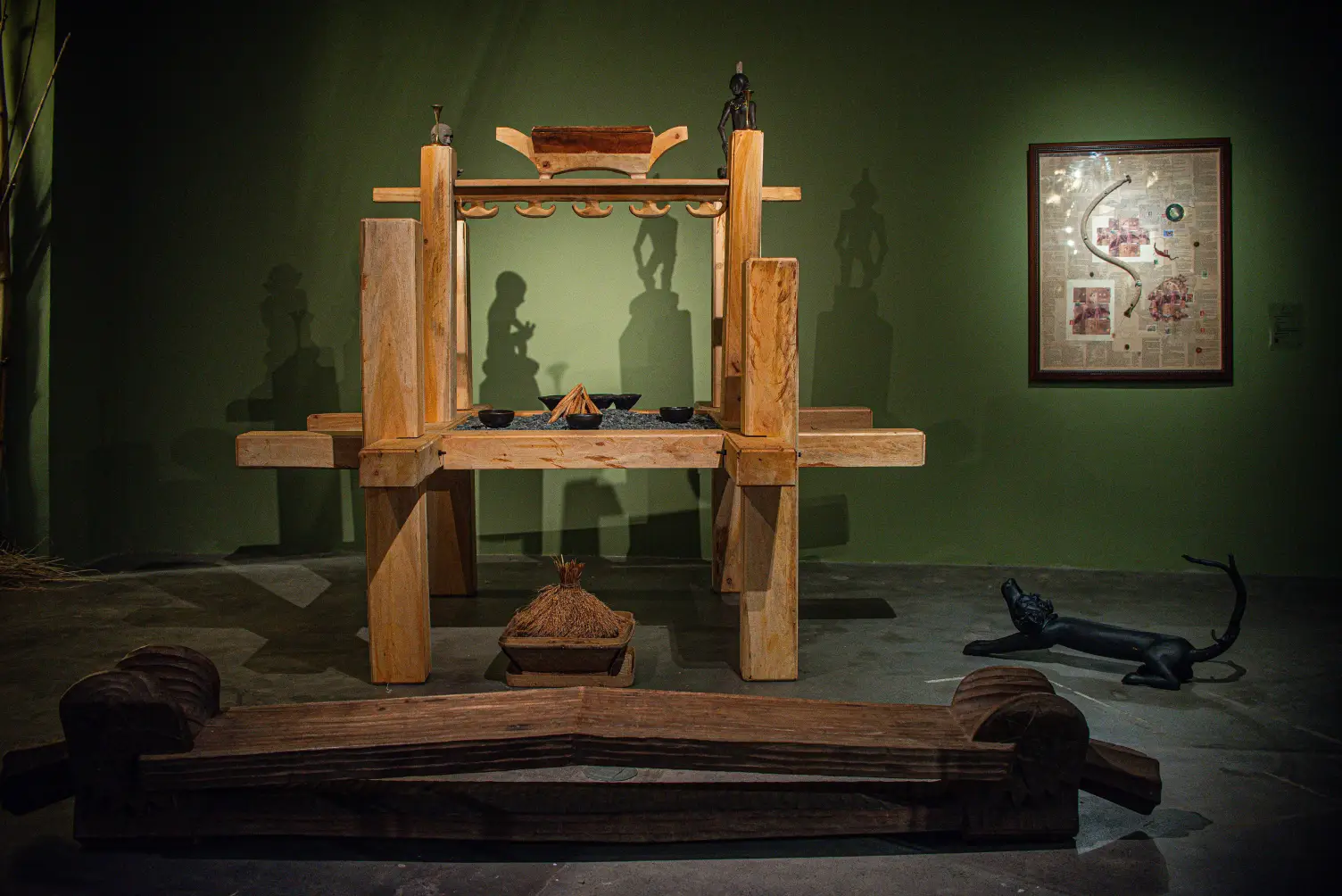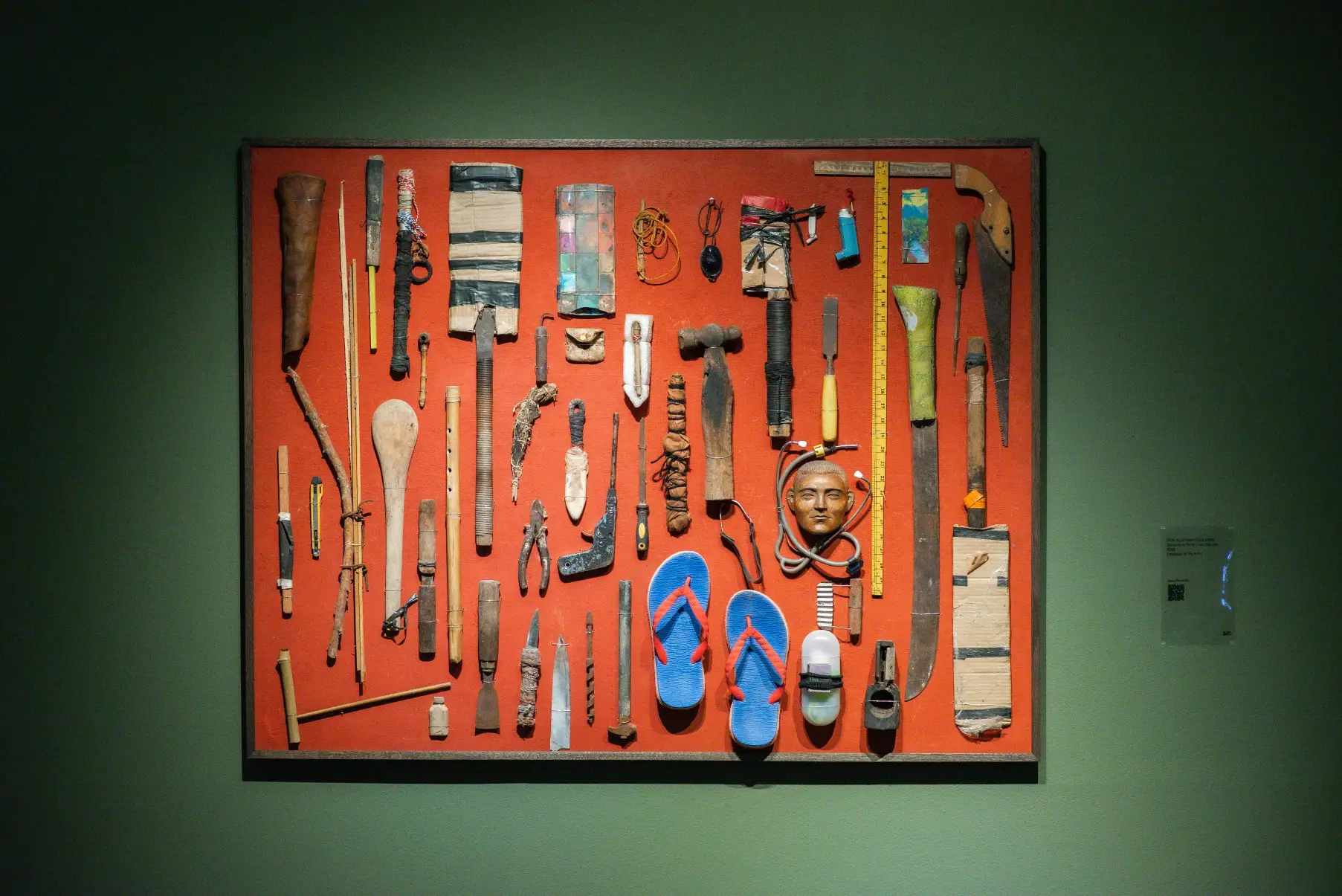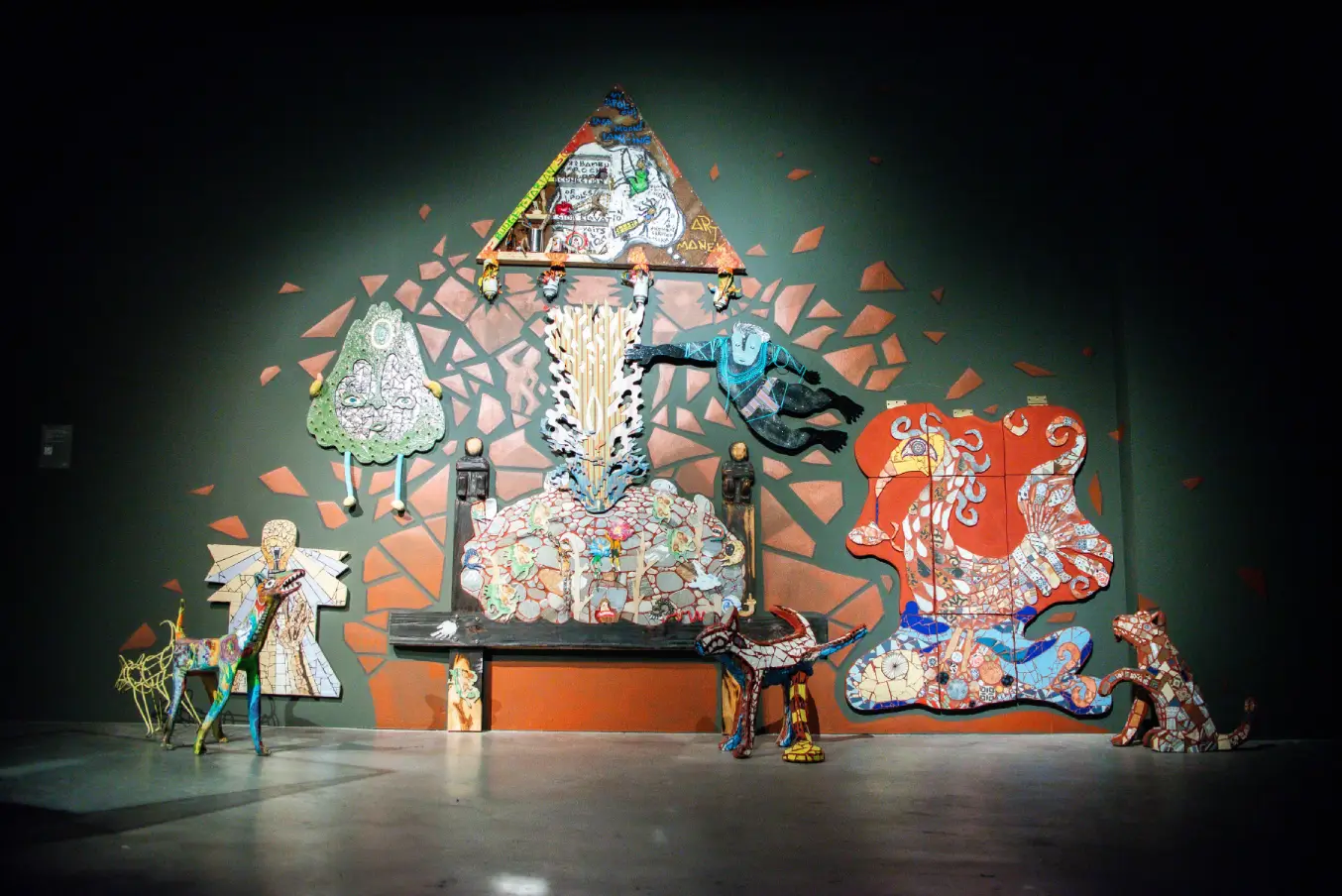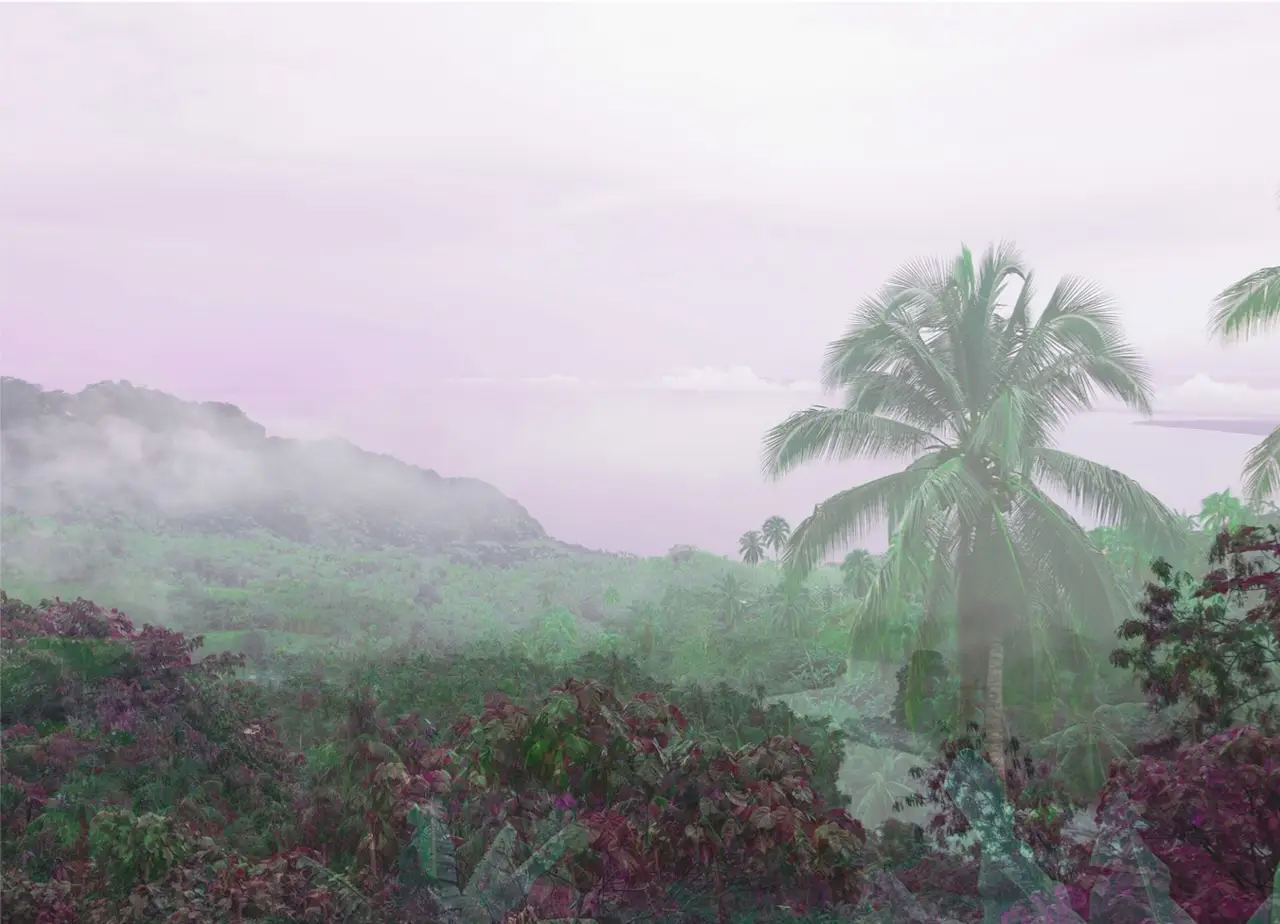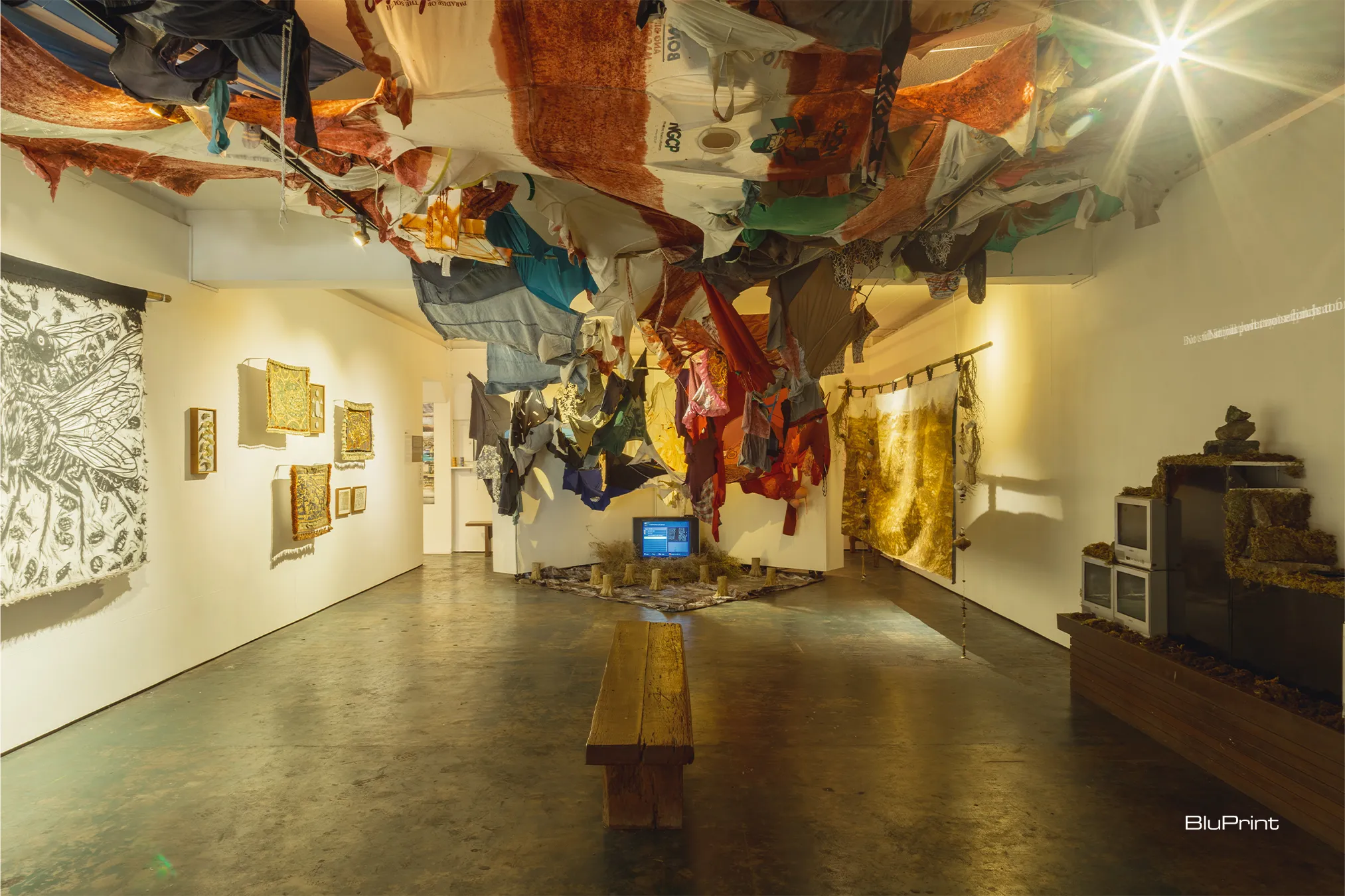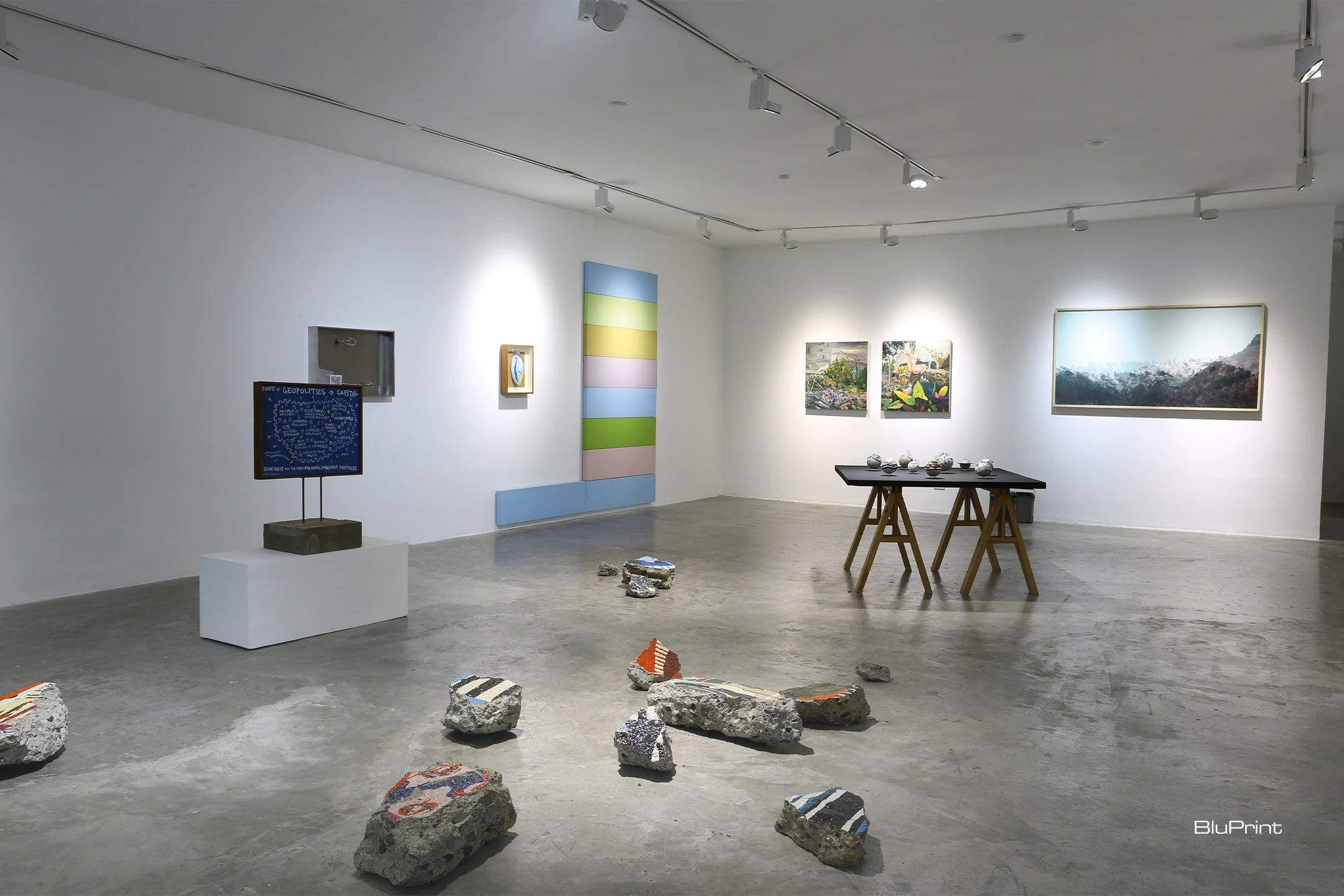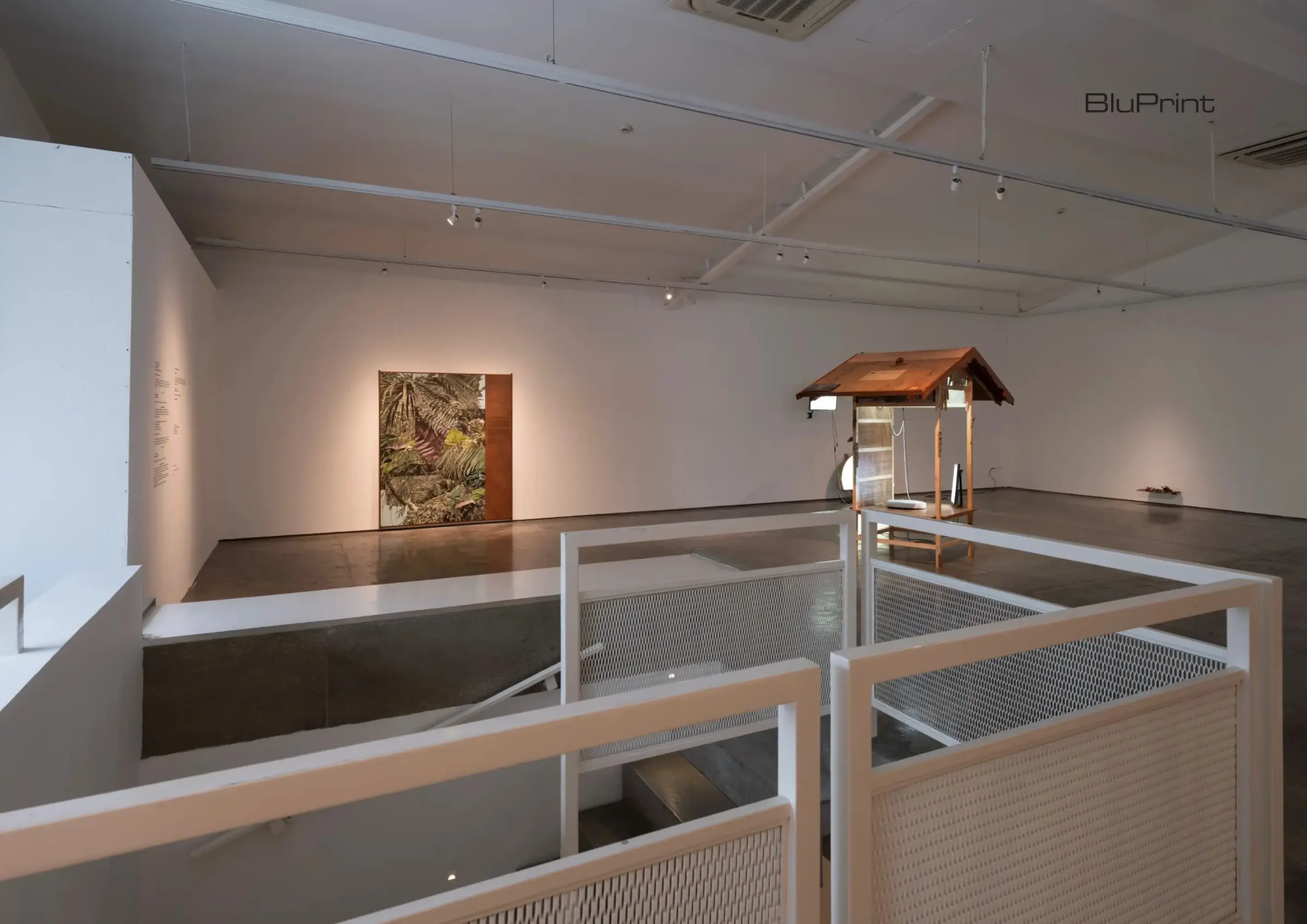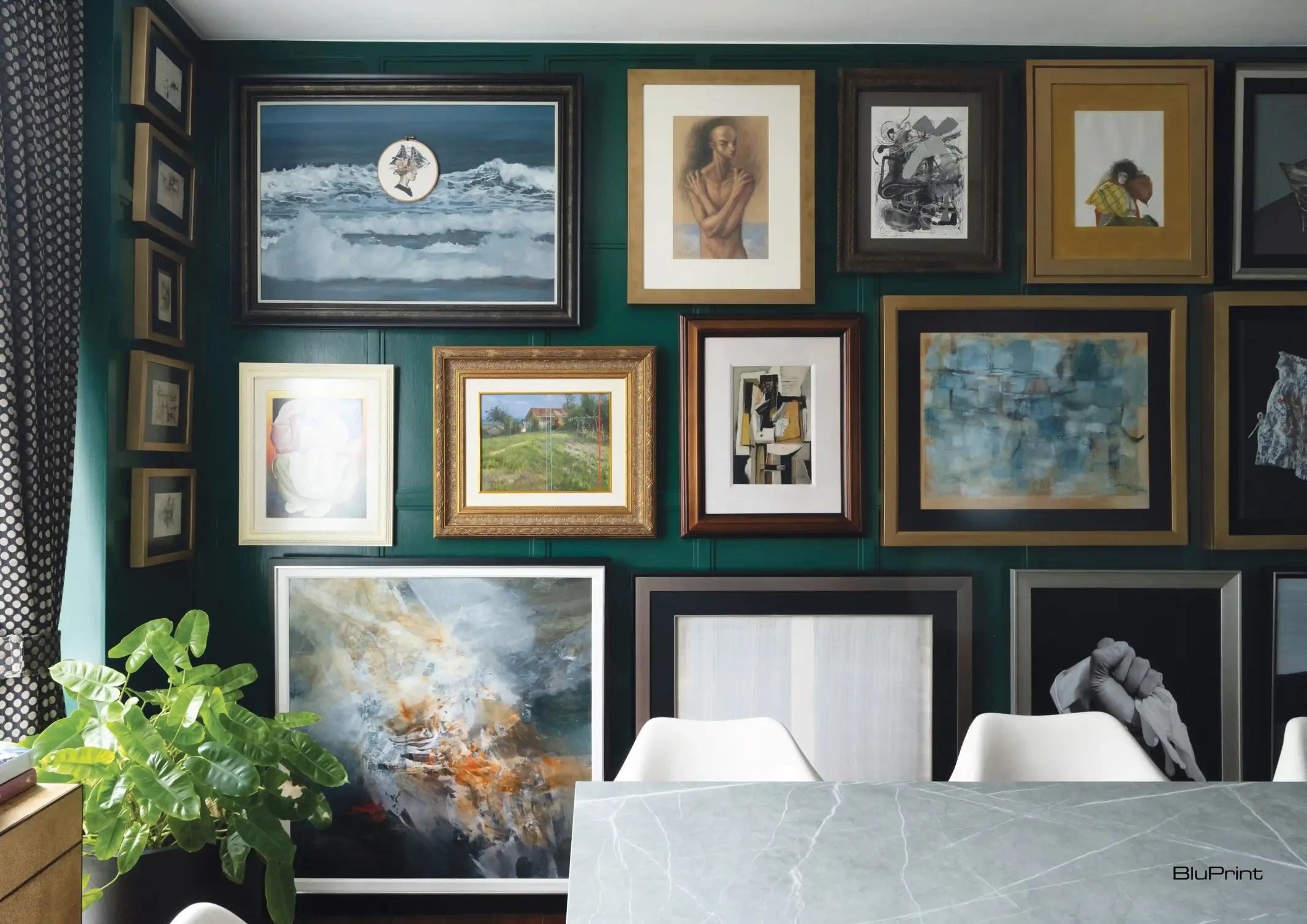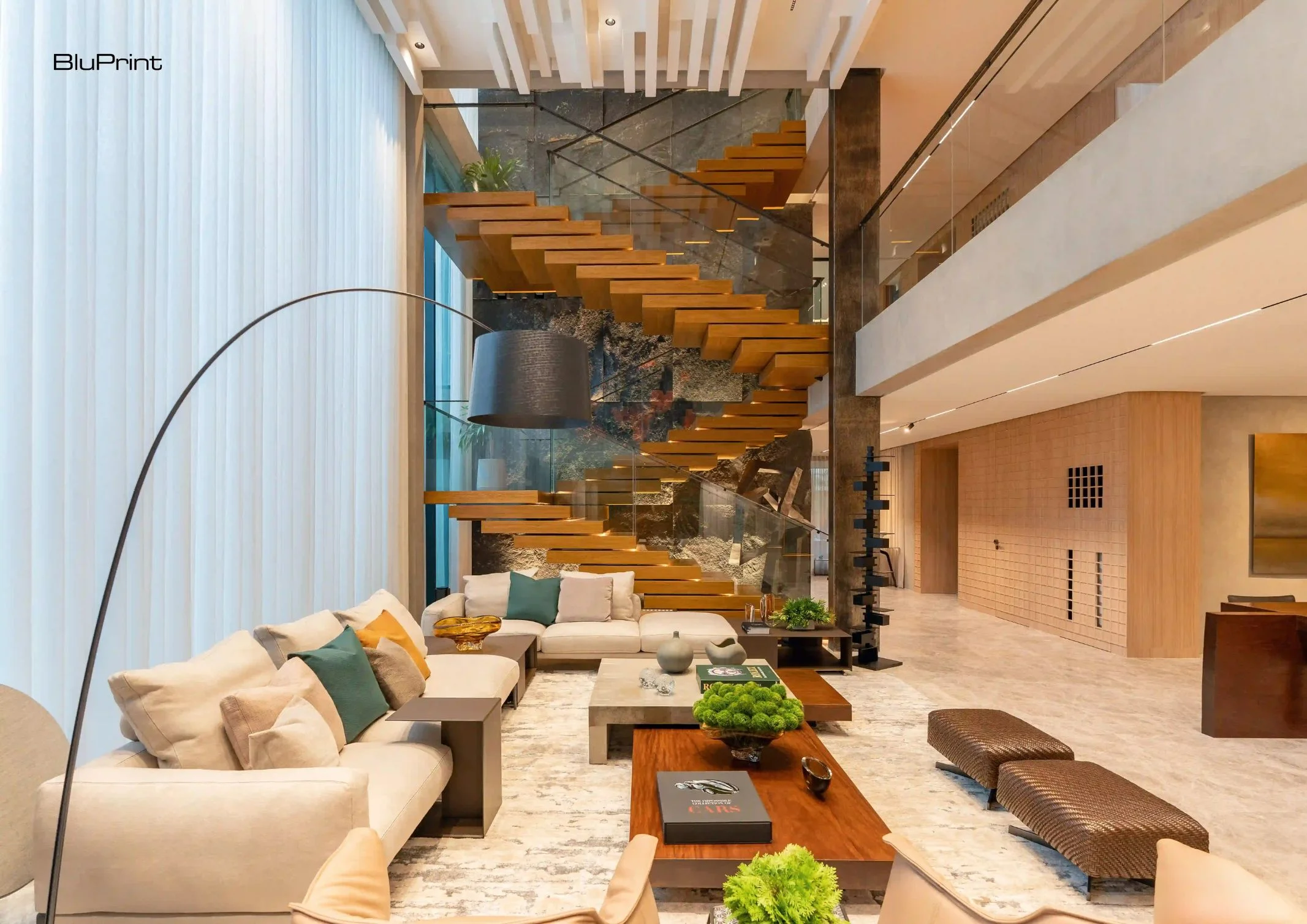The Museum of Contemporary Art and Design (MCAD) Manila will be launching Funding the Future 2025, a series of fundraising events that aims to raise money for the programming and future plans of the gallery. Done in partnership with Leon Gallery, the fundraising events include a benefit dinner and an accompanying exhibition showcasing items to […]
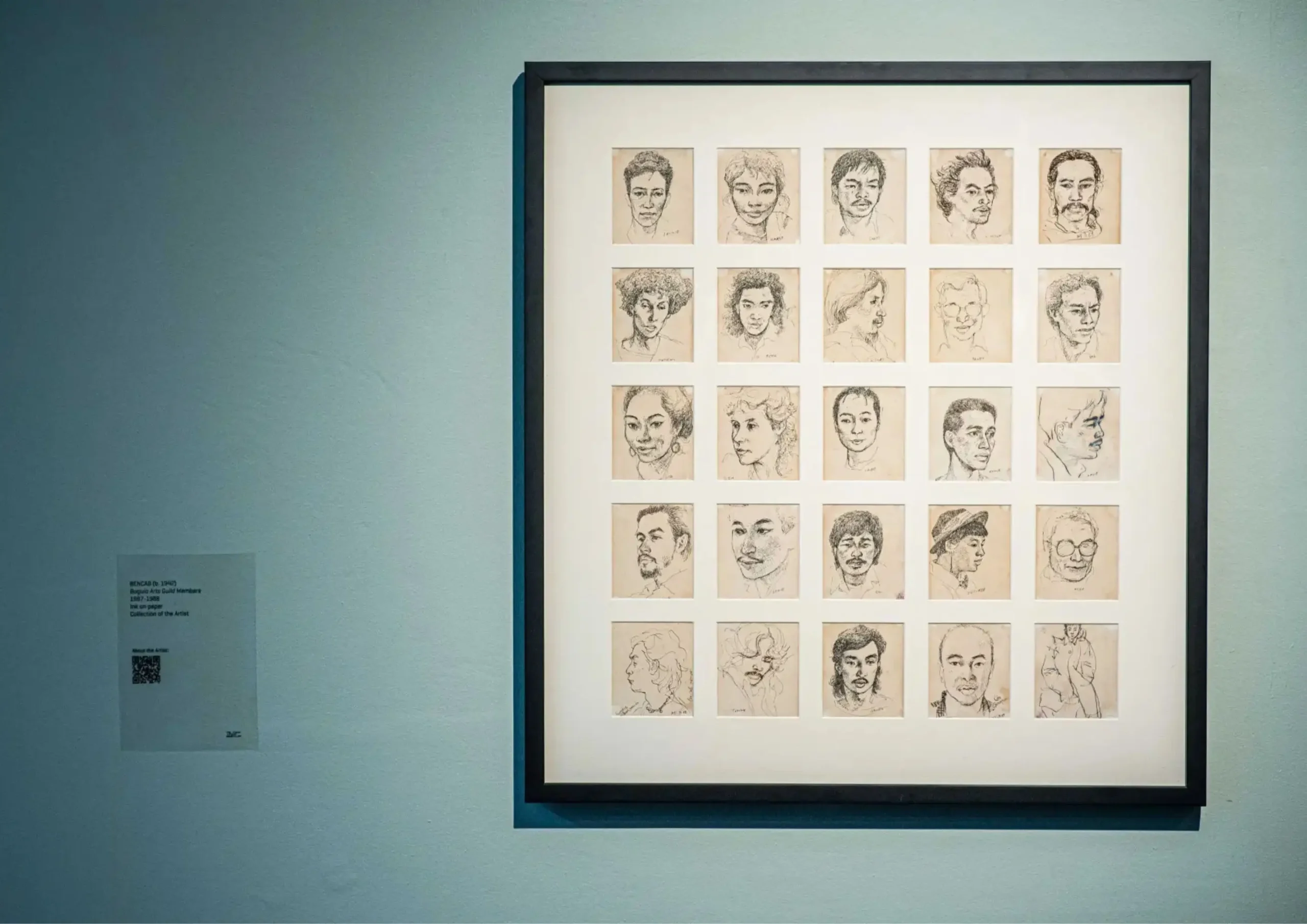
‘Gongs. Smoke. Blood. Earth.’ Provides an Evocative View of the Baguio Art Scene
Gongs. Smoke. Blood. Earth. supplies its Manila-centric audience with a glimpse of the rich history of the Baguio art scene. Showing at Ateneo Art Gallery until July 20, it collects works from three generations of members of the Baguio Arts Guild to give us a picture of the vibrant, influential legacy of the group.
Created in 1986, the group helped create the aesthetic and ethos associated with the local art scene there, centering indigenous experiences and materials like bamboo for their works. Among their luminaries are two National Artists (Benedicto “BenCab” Cabrera and Kidlat Tahimik), as well as local legends like Willy Magtibay, Santiago Bose, Tommy Halfalla, and many more.

“Basically, the exhibition tries to get the audience to understand the essentials of what Baguio art is: its history and where it’s heading,” explained Kawayan de Guia, who helped curate the exhibit. “We have a lot of old work from artists that have passed but have really defined the ‘Baguio Art style.’ [The exhibit is] trying to understand the aesthetics of it.”
Accounting for a Historical Movement
Gongs. Smoke. Blood. Earth. would be the first of its kind in Manila: a full-on showcase of the Baguio Arts Guild, de Guia shared. While individual artists from the Guild have showcased their work in Manila, an exhibition representing its history has yet to be done here until today.
The idea started at the Art Fair Philippines 2024. There, Tiw-Tiwong – An Uncyclopedia to Life, Living and Art in Baguio, the Cordilleras, and Beyond debuted. This work functions as a written chronicle of Baguio’s art history, collecting hundreds of entries to provide readers with its unique flavor, struggles, and triumphs.
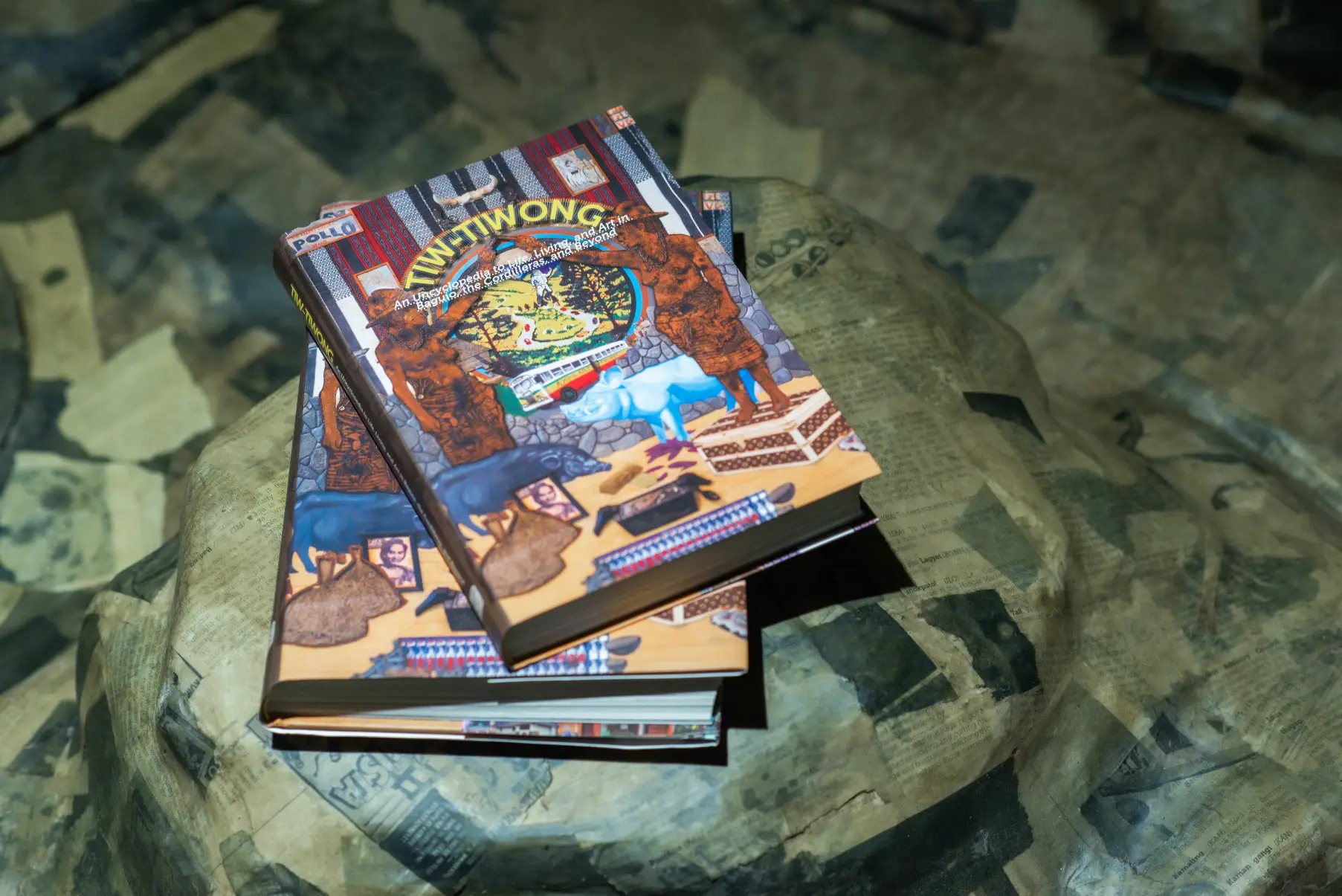
de Guia worked as one of the editors of the book, and Ateneo Art Gallery’s chief curator Boots Herrera approached him at the time to help create a whole exhibition dedicated to the Guild. It took a while to get it done, largely as some of the artworks have gone into private collections and required some negotiating to be exhibited here.
A Survey of the Past
But the works here work as the book Tiw-Tiwong did: a survey of the past, celebrating the achievements of the artists there while looking forward to where the Baguio art scene can move forward. Three generations of Guild members’ artworks are included here, including recreations like Gail Vicente’s “Earth Song (Mother the Mother),” a reconstruction of Roberto Villanueva’s original piece in 1994.

“I’m sort of trying to retrace when we were starting to put this together,” de Guia said. “I did want it to be some sort of sentimental homage to the Guild, or [to] better years. I was really trying to create a map and basically try to encapsulate each artist’s practice that really defined artmaking when the Guild was around.”
Kidlat Tahimik, an original member of the Baguio Arts Guild whose works were also exhibited, opined that the source of inspiration for many of the original members was just defining their source of creativity, one distinct from the West or even Manila. Many of the original members of the Guild, like Tahimik, studied abroad, and were weary of becoming a “copycat culture” due to our colonial past.
“From the very start, it was just our fascination: ‘huy, why didn’t we learn this when we were kids? Why were we always taught na yung mga naka-bahag, that these [people here] were inferior?’ We had to ask ourselves that before [we got to the idea of] ‘no, we have something to offer the world that’s different,’ instead of copying Hollywood or copying Manila or copying Picasso,” he said.
Making Your Surroundings
Gongs. Smoke. Blood. Earth. provides a “holistic view” of the Baguio art scene, showcasing a sense of “indio-genius” from within the artworks. Many use wood, textile, or bamboo, a way of taking advantage of the resources available to them. Different wooden statues and carvings greet visitors of the exhibit, an important part of the region’s heritage that Kidlat Tahimik said modern influences have been trying to destroy.
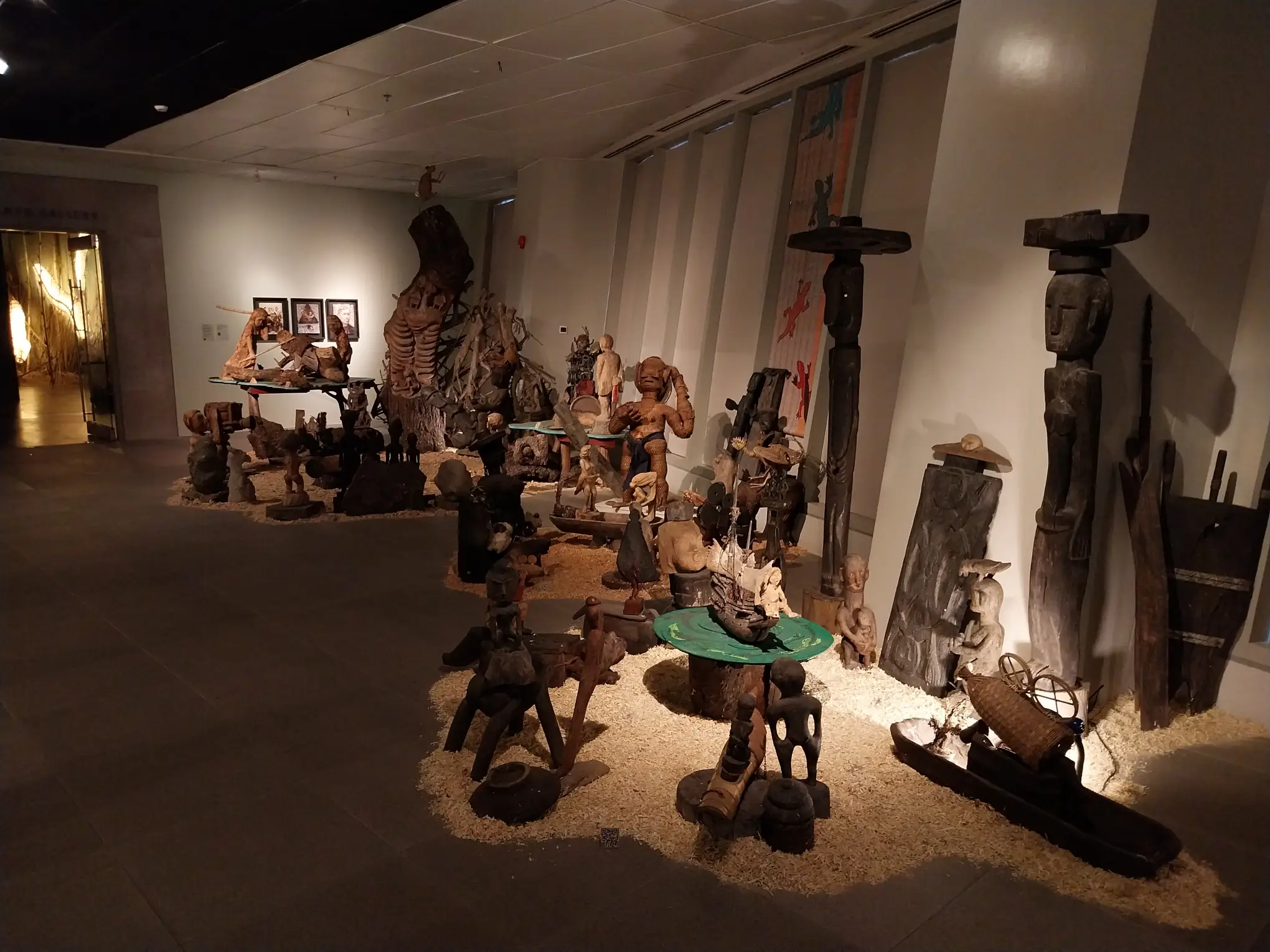
“There’s a problem now that a lot of the born-again people are telling people, ‘burn your bulols, because these are the works of the Devil.’ And unfortunately, I think [while] we’ve created at least some kind of a preno to that kind of thinking, a lot of things still spilled over to me because they’re really telling them to burn their [stuff],” he said.
Reflecting the ‘Indio-Genius’ of the Region
Many of the works comment on the living conditions in the region today, like a video of Randy Gawwi burning a painting of his grandmother to acquire the gold hidden in the paint. Another work that comments on Baguio and the region today is Nona Garcia’s “Building Mountains” and “Fool’s Gold,” which juxtaposes the mountains of nature with the refuse and byproducts of modernization.
Videos abound that characterize both the artists and Baguio as a whole. There’s Angel Velasco Shaw’s “To Baguio, With Love,” which showcases some of the members of the Baguio Art Guild during their heyday. There’s also Mervine Aquino’s “Palengke Day,” which is a documentary about life in Baguio during the pandemic and how people survived.
An earnest sense of affectionate humor runs throughout the exhibit. For example, multiple wood carvings of dogs by Dehon Taguyungon are scattered across the exhibition, as if they were guarding the other works. In another work, the contents of Rene Aquitania’s lost tool box was also arranged in a frame and exhibited alongside the other artworks.
The Legacy of the Baguio Art Guild
Kawayan de Guia pondered on the future of the art scene in Baguio as he assembled the exhibit. He talked about the current crop of artists, many of whom were not educated in the West but were instead educated by past Guild members themselves. The hope is that these artists continue the work of the past, freeing the region from its colonial shackles and into something uniquely suited to the area’s traditions.

“One thing I’d really like to say is that if you go up to the Cordilleras or the Baguio mountains you’re going to see a very strong sense of cultural identity,” he shared. “I really have to say that you have to credit some of that to the Baguio Arts Guild because they were really bringing in awareness, all these sensitivities about indigenous people and whatnot, which was not in the table at all, was a taboo—you didn’t want to be proud of your ancestry.
“And I think […] the Guild really played a part in bringing that central Filipino culture from the Ifugao and the Baybayin.”
Gongs. Smoke. Blood. Earth. will be open at the Ateneo Art Gallery until July 20. Guests are encouraged to bring handkerchiefs to contribute to Gail Vicente’s recreation of “Earth Song (Mother the Mother).”
Film screenings from Baguio-based filmmakers will happen on June 9, June 16, and June 26; all are free and open to the public, though registration is required and slots are limited.
Photos provided by the Ateneo Art Gallery.
Related reading: Instituto Cervantes Opens New Exhibit with Enrique Marty and Kidlat Tahimik
